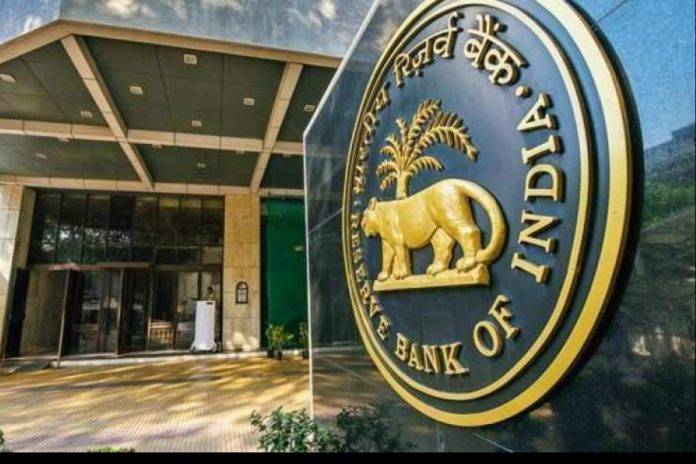On Thursday, Reserve Bank of India (RBI) restrained banks from opening current accounts for customers who have availed overdraft (OD) or cash credit facilities intending to enhance credit discipline. In a notification, the central bank stated that instead of opening a new current account, all transactions should be made through Cash Credit (CC) or Overdraft (OD) account.
Even though the exact cause for taking such an action is not specified by RBI, the recent instances like in the case of Punjab and Maharashtra Co-operative (PMC) bank scam of more than Rs 4000 crore, it was found that several accounts were opened. Officials say this step would help to ensure transparency in the system and lessen the blind spots, which will ultimately lead to the protection of depositors’ money.
Shaktikanta Das, Governor of RBI said that it is essential to take relevant measures for improving credit discipline, and also several concerns are emerging from the use of several accounts by borrowers which calls for the need to safeguard the opening of such accounts by borrowers availing credit facilities from multiple banks.
RBI stated banks should not allow borrowers to withdraw from term loans through current accounts. Since term loans are meant for specific objectives, the funds should be transmitted directly to the supplier of goods and services. Expenses born by the customer for day to day operations should be channeled through CC/ OD account if the borrower has a CC/ OD account or else through a current account. Also added, there is a plan to have a single customer ID for every entity’s banking requirement which will help in tracking all the transactions of a particular customer easily.
If a customer opens multiple accounts and there is no observation of the end-use of funds, there is a chance that the same customer could engage in malpractices by withdrawing funds through the same bank using a separate account. There is also a chance that the fund could be used to repay the first credit facility and keep using the same modus operandi which can potentially lead to a wider concern.

